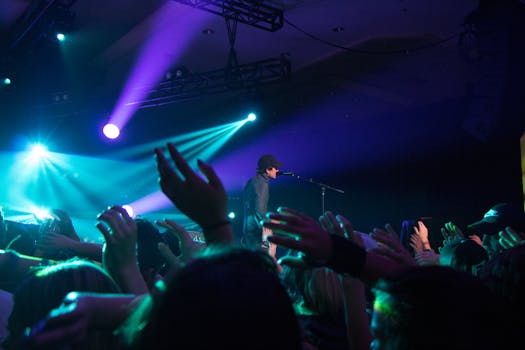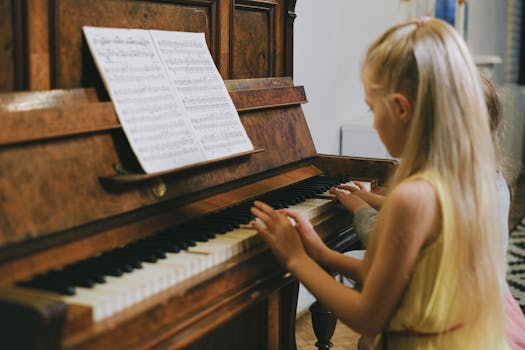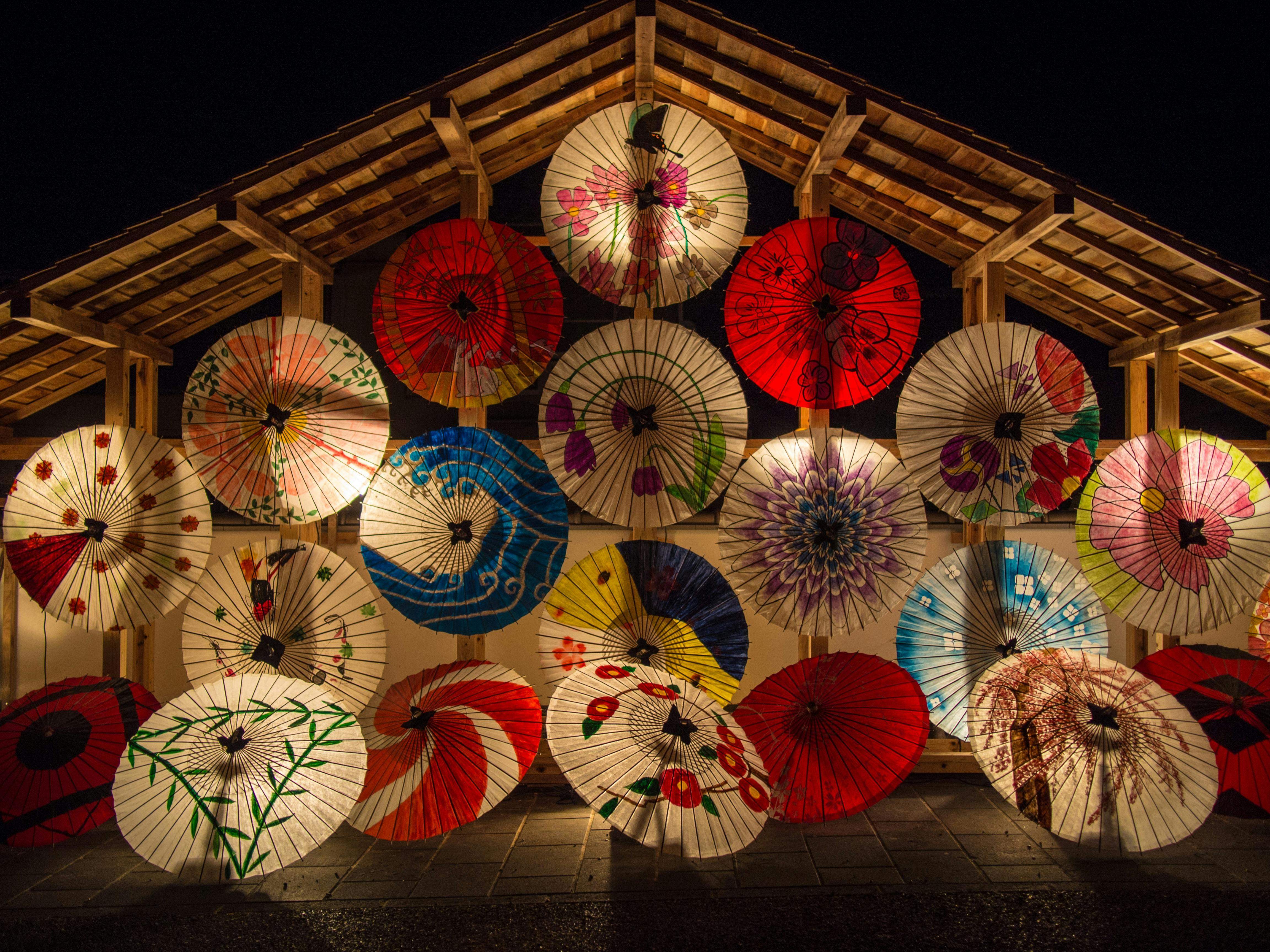
data-usecase-icon="recurring_donations"
Cercle des artistes soutenus
Invitez les mécènes à soutenir mensuellement les expositions et les programmes éducatifs de votre galerie, afin d'assurer un flux de revenus prévisible aux artistes émergents. Les dons récurrents vous permettent de planifier à l'avance et de couvrir les coûts opérationnels courants sans frais de plateforme.
data-usecase-cta="recurring_donations" (dons récurrents)
data-usecase-icon="event"
Vente de billets pour le gala d'ouverture
Vendez des billets pour le vernissage de votre prochaine exposition, la première d'un spectacle ou un gala de collecte de fonds grâce à une gestion transparente de l'encaissement et des participants. Stimulez la fréquentation, suivez les RSVP et augmentez vos revenus, le tout sans frais.
data-usecase-cta="event"
data-usecase-icon="vente aux enchères"
Vente aux enchères silencieuse pour les artistes émergents
Organisez une vente aux enchères silencieuse, virtuelle ou en personne, avec des œuvres d'art, des gravures et des objets de collection offerts, afin d'attirer les collectionneurs et les mécènes. Zeffy s'occupe du suivi des enchères et de l'encaissement des paiements afin que vous conserviez 100 % des recettes.
data-usecase-cta="vente aux enchères"
data-usecase-icon="adhésion"
Programme d'adhésion des mécènes
Lancez des niveaux d'adhésion progressifs offrant des visites exclusives, des conférences d'artistes et des avant-premières d'expositions. Récompensez vos fidèles supporters en leur offrant un accès spécial tout en générant un revenu annuel stable.
data-usecase-cta="adhésion"
data-usecase-icon="store"
Boutique artisanale en ligne
Vendez des tirages conçus par des artistes, des produits de marque et des objets de collection en édition limitée par l'intermédiaire de votre propre boutique en ligne. Gérez les stocks, les commandes et l'exécution des commandes sans payer de frais de plateforme.
data-usecase-cta="store"
data-usecase-icon="raffle"
Tirage au sort d'une édition limitée
Suscitez l'enthousiasme et élargissez votre base de donateurs en organisant une tombola pour une gravure ou une sculpture signée et en édition limitée. Des billets abordables encouragent une participation massive et stimulent le financement non affecté.
data-usecase-cta="tombola"
Comment Zeffy se compare-t-il aux autres plateformes de collecte de fonds pour Organismes à but non lucratif dans le domaine des arts et de la culture
Frais | Vous gardez | Vous perdez | ||
|---|---|---|---|---|
0 % de frais de plateforme et de traitement | $50,000 | $0 | ||
2,9 % + 0,30 $/transaction | $48,400 | -$1,600 | ||
2,2 % + 0,30 $ + ~2,35 % de frais de plateforme | $47,500 | -$2,500 | ||
2,9 % + 0,30 $/transaction | $48,350 | -$1,650 | ||
3,7 % + 1,79 $/billet + 2,9 % de frais de traitement | $46,550 | -3 450 $ (estimation) | ||
1.99% + $0.49 | $48,560 | -$1,440 |
100% gratuit, toujours.
Les 6 meilleures idées de collecte de fonds pour les Organismes à but non lucratif dans le domaine des arts et de la culture
🎨 Paint & Give Mural Jam
Faites participer votre communauté à la réalisation d'une peinture murale publique dynamique ; vendez des carreaux portant le nom d'un donateur pour collecter des fonds et faire connaître votre mission tout au long du week-end.
📸 Vente aux enchères Snap & Support
Organisez une vente aux enchères de photos en ligne pendant l'été ; les artistes et les sympathisants soumettent des clichés, les enchérisseurs s'affrontent dans une galerie numérique pour financer vos programmes artistiques.
🎭 Pop-Up Performance Fest
Des spectacles de rue surprenants présentés par des artistes locaux ; des dons QR mobiles permettant au public de faire des dons sur place tout en assistant à des spectacles communautaires gratuits.
🌐 Tour & Donate Studio Series
Proposer des visites virtuelles de studios en direct avec accès payant ; les spectateurs font des dons en temps réel pour soutenir les artistes et l'éducation culturelle.
🎶 Concerts Savor Sunset
Organisez des concerts en plein air au coucher du soleil avec des billets à plusieurs niveaux ; les billets VIP et les dons sur place augmentent le soutien pendant que les fans profitent de la musique en direct.
🖼️ Partager l'art quotidiennement
Lancez un concours artistique de 30 jours sur les médias sociaux ; les participants publient des créations quotidiennes accompagnées d'un hashtag et invitent les personnes qui les suivent à faire un don.
Envie de plus d'inspiration ?
Découvrez plus de 40 associations gratuites Arts et culture Organismes à but non lucratif idées de collecte de fonds
Principales subventions pour les organismes sans but lucratif dans le domaine des arts et de la culture en 2025

Subventions pour des projets artistiques
Dotation nationale pour les arts
Non spécifié dans l'extrait, mais généralement de 10 000 à 100 000 $.
Elle soutient l'engagement du public dans les arts et l'éducation artistique ; les dates limites sont le 11 mars et le 17 juillet 2025.

Subventions pour instruments : Renforcer les capacités des musiciens immigrés dans notre communauté
Fonds pour les arts
Non spécifié dans l'extrait
Soutient les programmes musicaux destinés aux communautés immigrées en finançant l'achat d'instruments de musique ; délai prolongé jusqu'en juillet 2025.
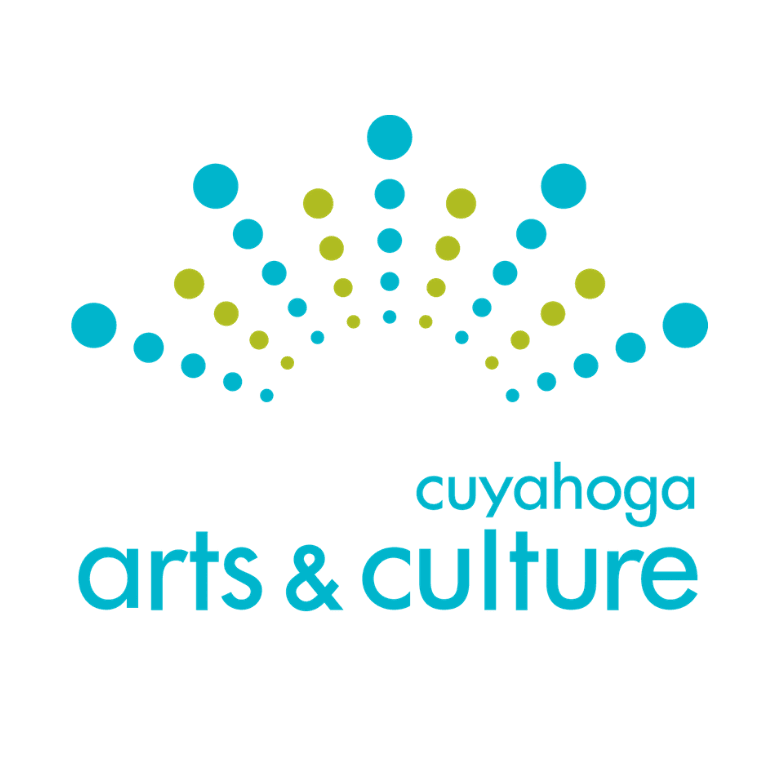
2026 Soutien au projet
Arts et culture de Cuyahoga
Non spécifié dans l'extrait
Pour les organisations à but non lucratif menant des projets artistiques et culturels dans le comté de Cuyahoga, Ohio ; la date limite de candidature est le 31 juillet 2025.

5x5 et Subventions aux enseignants pour les arts (TAG)
Fonds pour les arts
Non spécifié dans l'extrait
Ce programme aide les enseignants et les administrateurs de la maternelle à la 12e année à améliorer l'enseignement en classe. Les candidatures des enseignants et des administrateurs seront ouvertes à partir du 21 juillet 2025.
Principales entreprises qui font des dons à aux organismes à but non lucratif dans le domaine des arts et de la culture en 2025

Banque d'Amérique
Soutient un large éventail d'organisations à but non lucratif par le biais de financements et de programmes visant à rendre les arts plus accessibles et à préserver le patrimoine.

Bloomberg Philanthropies
soutient les artistes et les institutions culturelles afin de revitaliser et d'améliorer la vie dans les villes, en croyant au pouvoir des arts et de la culture d'inspirer la créativité et de susciter la collaboration.

Fondation Mellon
Soutenir des pratiques créatives, des bourses et des pratiques de conservation exceptionnelles tout en favorisant un écosystème artistique et culturel représentatif et solide.
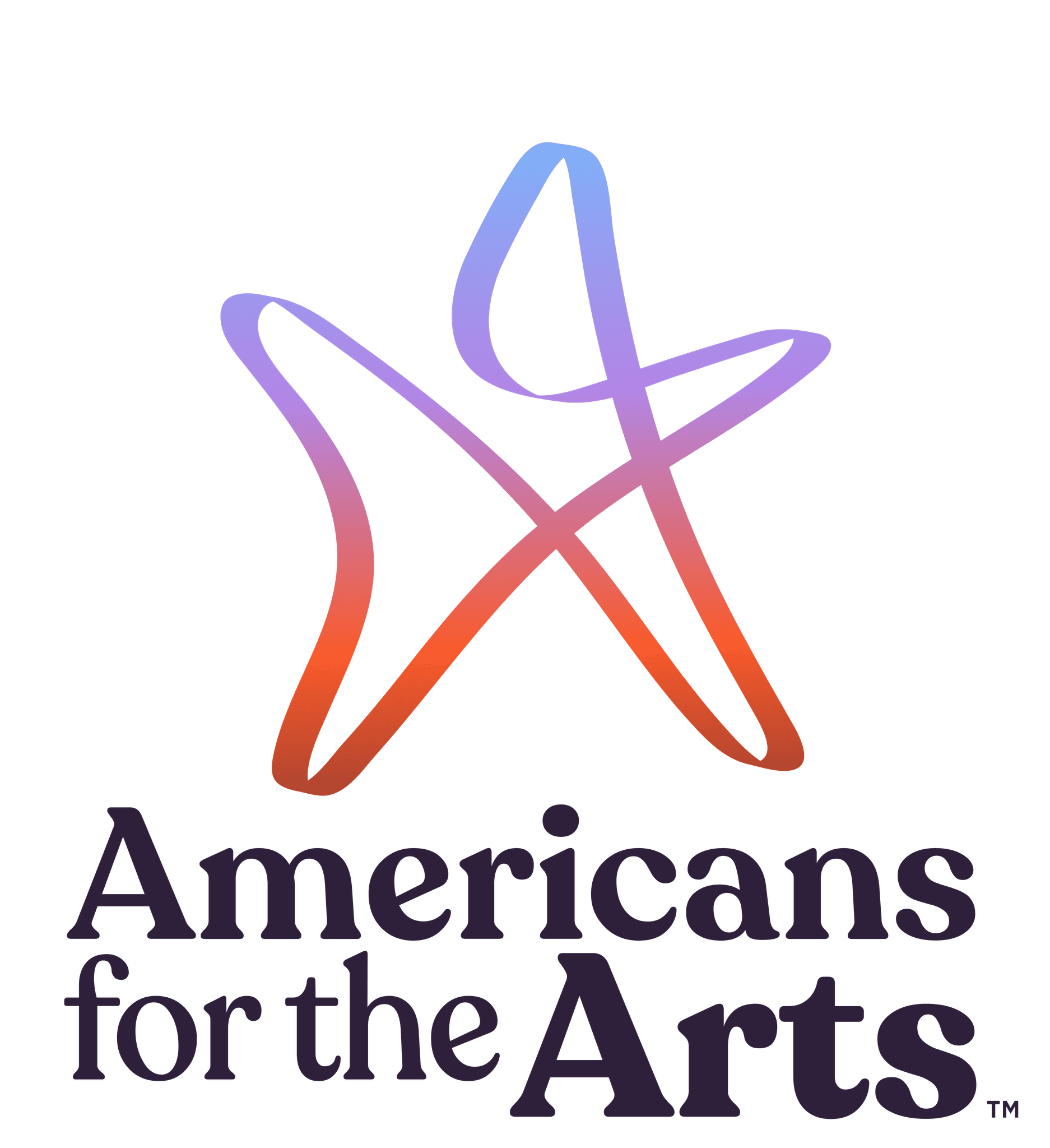
Les Américains pour les arts
Cette organisation facilite l'engagement des entreprises et les possibilités de parrainage pour les sociétés qui souhaitent soutenir les arts et l'éducation artistique.
Questions fréquemment posées
Zeffy est-il vraiment 100% gratuit pour les organisations artistiques et culturelles à but non lucratif ? Quel est le problème ?
Oui, Zeffy est 100% gratuit pour les organismes à but non lucratif dans le domaine des arts et de la culture ! Il n'y a pas de frais de plateforme, pas de frais de traitement, et absolument aucun coût caché. Nous sommes en mesure de maintenir la gratuité de Zeffy grâce aux dons facultatifs des donateurs qui soutiennent notre mission d'aider les organisations artistiques et culturelles à conserver chaque dollar qu'elles collectent. Il n'y a pas de piège !
Les organisations artistiques et culturelles à but non lucratif peuvent-elles utiliser Zeffy pour collecter des types de dons spécifiques ?
Absolument ! Les associations artistiques et culturelles peuvent utiliser Zeffy pour collecter une grande variété de dons, y compris des dons généraux, des dîmes pour les églises, des dons d'anciens élèves pour les écoles, et bien plus encore. Vous pouvez également vendre des billets d'événements et mettre en place des dons récurrents sans frais. Chaque don est directement affecté au soutien de votre mission.
Quels types de campagnes de collecte de fonds les organisations artistiques et culturelles à but non lucratif peuvent-elles mener avec Zeffy ?
Arts et culture Les organisations à but non lucratif peuvent mener diverses campagnes de collecte de fonds avec Zeffy, y compris des collectes de fonds de pair à pair, des événements à billets et des programmes de dons récurrents. Que vous organisiez une exposition dans un musée ou que vous leviez des fonds pour une production théâtrale communautaire, Zeffy a les outils pour vous aider à réussir.
Quelle est la meilleure plateforme de collecte de fonds pour les organisations artistiques et culturelles à but non lucratif ?
Zeffy est la seule plateforme de collecte de fonds 100% gratuite pour les organisations artistiques et culturelles à but non lucratif. Contrairement à d'autres plateformes qui prétendent être gratuites mais qui facturent des frais de traitement, Zeffy ne prélève pas un centime sur vos dons. Cela garantit que plus de fonds vont directement à vos programmes artistiques et à vos initiatives communautaires, maximisant ainsi votre impact.


